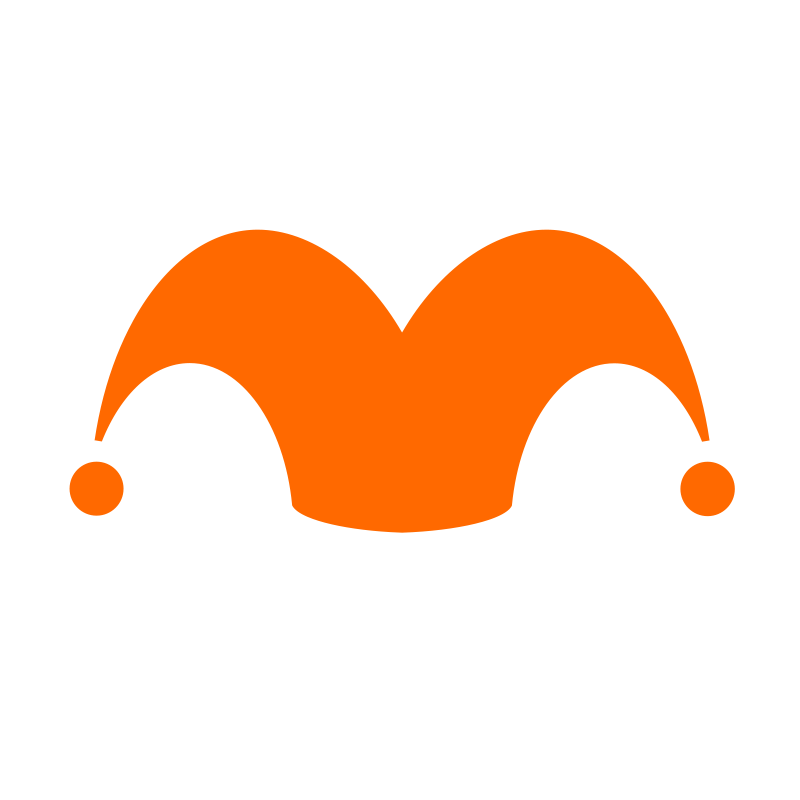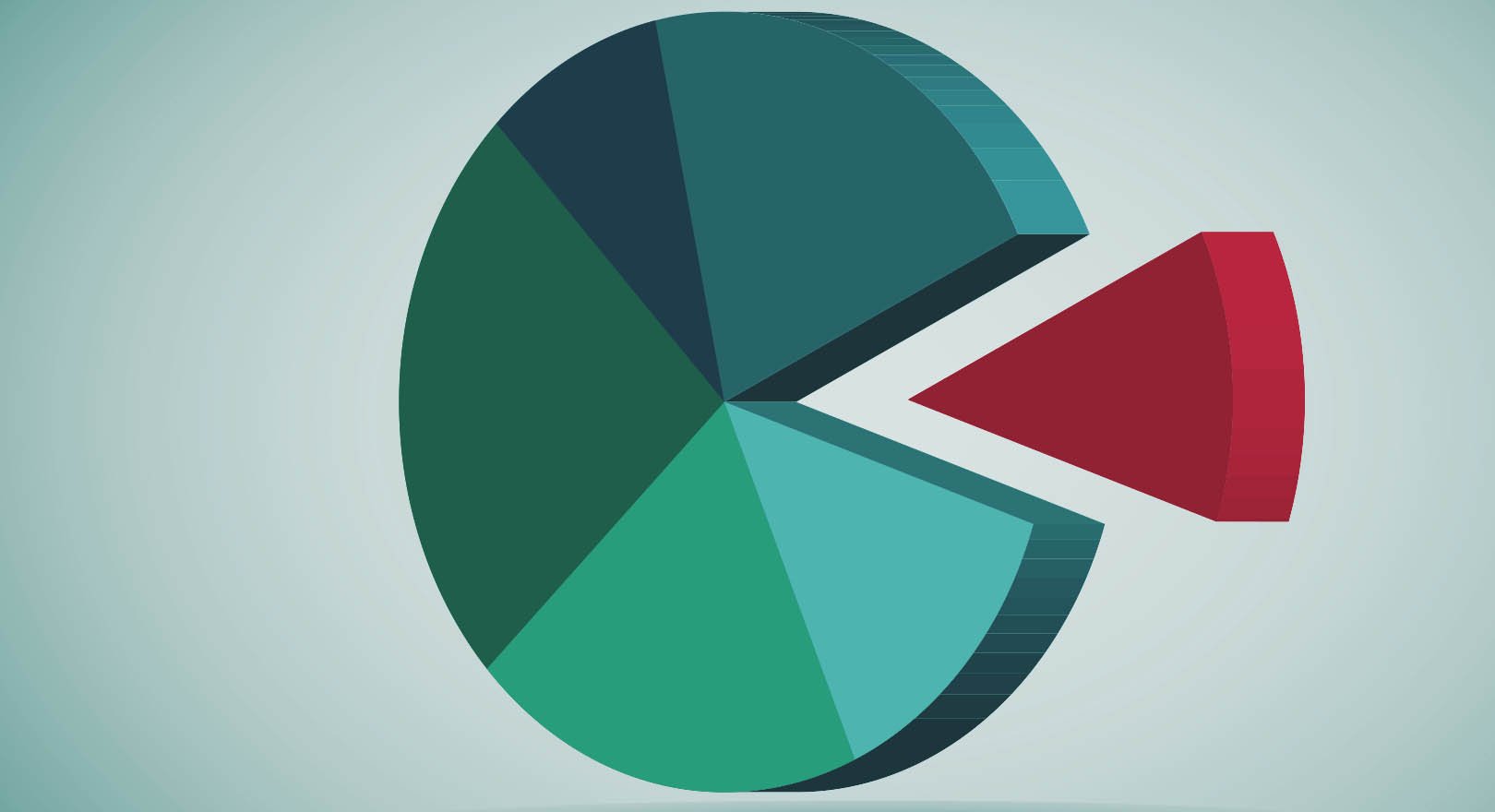What is an ETF?
ETF stands for exchange-traded fund. It’s an investment vehicle that holds multiple underlying assets. These assets can be a collection of stocks, bonds, commodities, or even currency.
Meaning, ETFs give you the ability to buy many stocks (or bonds, or other asset groups) at once, in one convenient vehicle. And, “exchange-traded” means it can be bought and sold on an exchange, just like a stock.
How do ETF fees and dividends work?
ETFs have a simple unitary fee-based structure, and these fees are known as the expense ratio. You’ll see the expense ratio listed as an annual percentage. For example, if your expense ratio is 1%, for every $1,000 you invest, you’ll pay just $10 in fees.
Most ETFs pay dividends. You can choose to have them paid to you as cash, or automatically reinvest them through a dividend reinvestment plan, or DRIP.
What is the difference between passive and active ETFs?
ETFs come in all shapes and colors. There are stock ETFs, bond ETFs, ETFs for sectors, regions of the world, commodities, and various styles of investing…
But there are two basic types you should know: passive ETFs and active ETFs.
Passive ETFs track stock indices, such as the S&P 500, meaning your holdings will simply mirror whatever is in the index.
Active ETFs, on the other hand, are actively managed by portfolio managers who decide which stocks to buy and sell inside the ETF.
We offer three index-tracking passive ETFs and three highly-concentrated active ETFs, which can work in combinations for a well-rounded and diversified portfolio, or you can use them individually to fill any gaps in your current strategy.
Learn more on our Insights Blog
How to buy our ETFs
Getting started is easy! Click below to see how you can add Motley Fool Asset Management ETFs to your portfolio.













